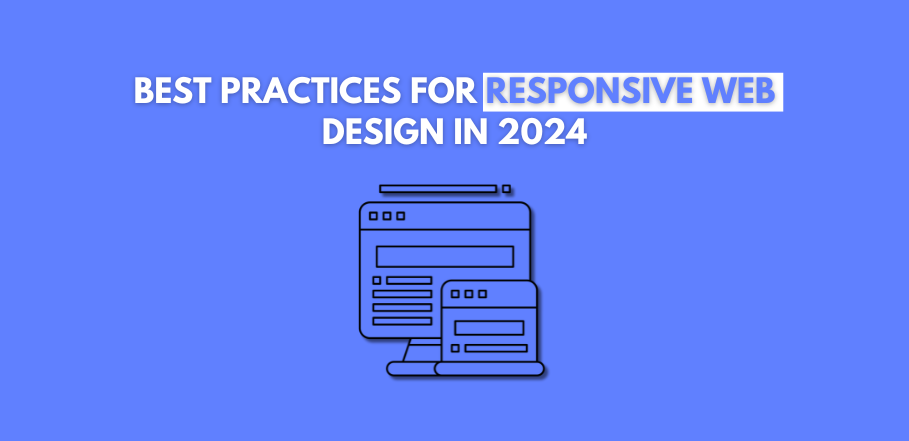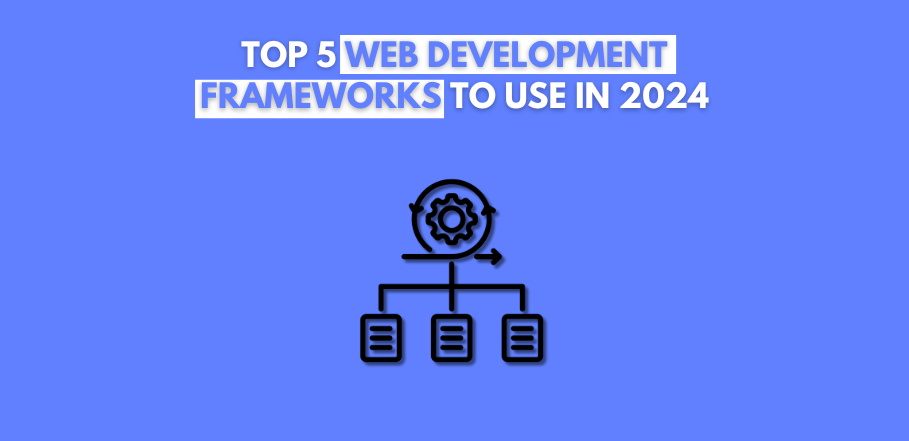
A Detailed Brief of DevOps
In today’s fast-paced digital landscape, businesses need to deliver software quickly and efficiently while maintaining high quality and reliability. This is where DevOps comes into play. DevOps, a combination of “Development” and “Operations,” is a set of practices that automate and integrate the processes between software development and IT teams. This detailed brief explores the essentials of DevOps, its benefits, key components, and best practices.
1. What is DevOps?
DevOps is a cultural and technical movement aimed at improving collaboration between software developers and IT operations teams. It focuses on automating and streamlining the software delivery process to achieve faster and more reliable releases.
2. Why is DevOps Important?
DevOps is crucial for several reasons:
- Faster Time-to-Market: Enables quicker delivery of new features and updates.
- Improved Collaboration: Enhances communication and cooperation between development and operations teams.
- Increased Efficiency: Automates repetitive tasks and processes, reducing manual effort.
- Higher Quality: Promotes continuous testing and integration, leading to more stable and reliable software.
- Scalability: Supports rapid scaling of infrastructure and applications.
3. Key Components of DevOps
DevOps involves several key components and phases, including:
Continuous Integration (CI)
Continuous Integration is the practice of merging code changes frequently into a shared repository. Each integration is automatically tested to detect issues early.
- Automated Builds: Automatically compile and build the application whenever new code is committed.
- Automated Testing: Run automated tests to verify the integrity of the codebase.
Continuous Delivery (CD)
Continuous Delivery extends CI by automatically deploying code changes to a staging or production environment after successful tests.
- Automated Deployments: Automatically deploy new code to staging or production environments.
- Release Management: Manage and control the release process to ensure smooth deployments.
Infrastructure as Code (IaC)
Infrastructure as Code involves managing and provisioning infrastructure through code, making it easy to automate and replicate environments.
- Configuration Management: Use tools like Ansible, Chef, or Puppet to manage infrastructure configurations.
- Provisioning Tools: Use tools like Terraform or AWS CloudFormation to automate infrastructure provisioning.
Monitoring and Logging
Continuous monitoring and logging are essential to track the performance and health of applications and infrastructure.
- Application Monitoring: Use tools like Prometheus, Nagios, or New Relic to monitor application performance.
- Log Management: Use tools like ELK Stack (Elasticsearch, Logstash, Kibana) or Splunk to collect and analyze logs.
Collaboration and Communication
Effective collaboration and communication are at the heart of DevOps, facilitated by tools and practices that enhance teamwork.
- ChatOps: Use collaboration tools like Slack or Microsoft Teams integrated with development tools to streamline communication.
- Version Control: Use version control systems like Git to manage code and configurations collaboratively.
4. Benefits of DevOps
Implementing DevOps practices offers numerous benefits:
- Faster Delivery: Accelerates the software delivery process, allowing for more frequent releases.
- Improved Quality: Enhances software quality through continuous testing and integration.
- Greater Reliability: Increases system reliability and uptime through automated monitoring and alerting.
- Enhanced Collaboration: Promotes a culture of collaboration and shared responsibility.
- Cost Efficiency: Reduces operational costs by automating processes and optimizing resource usage.
5. Applications of DevOps
DevOps is vital across various industries and applications, including:
Finance
- Automated Trading Platforms: Ensures rapid and reliable deployment of trading algorithms.
- Regulatory Compliance: Automates compliance checks and reporting.
Healthcare
- Electronic Health Records (EHR): Facilitates continuous updates and enhancements to EHR systems.
- Telemedicine: Ensures reliable and scalable telemedicine platforms.
E-Commerce
- Website and App Deployment: Automates deployment of updates to e-commerce websites and mobile apps.
- Inventory Management: Enhances inventory management systems with continuous integration and delivery.
Manufacturing
- Production Line Automation: Streamlines software updates for automated production lines.
- Supply Chain Management: Ensures reliable supply chain management systems through continuous delivery.
Education
- Learning Management Systems (LMS): Enables continuous improvements to LMS platforms.
- Student Information Systems (SIS): Ensures reliable updates and maintenance of SIS platforms.
6. Best Practices for DevOps
To achieve optimal results with DevOps, follow these best practices:
- Adopt a Collaborative Culture: Foster a culture of collaboration and shared responsibility between development and operations teams.
- Automate Everything: Automate as many processes as possible, from code testing and deployment to infrastructure provisioning.
- Implement Continuous Feedback: Establish continuous feedback loops to identify and address issues promptly.
- Use Version Control: Manage code and configurations using version control systems to ensure consistency and traceability.
- Monitor Proactively: Implement proactive monitoring and alerting to detect and resolve issues before they impact users.
- Embrace Continuous Improvement: Continuously evaluate and improve DevOps processes and practices.
7. The Future of DevOps
DevOps is continually evolving, with new trends and technologies shaping its future. Key trends to watch include:
- AI and Machine Learning: Leveraging AI and ML to enhance automation and predictive capabilities in DevOps.
- DevSecOps: Integrating security practices into the DevOps pipeline to ensure secure software delivery.
- Serverless Computing: Adopting serverless architectures for more efficient and scalable applications.
- Edge Computing: Implementing DevOps practices for edge computing environments.
- GitOps: Using Git as the single source of truth for managing infrastructure and application deployments.
Conclusion
DevOps is a transformative approach that enhances collaboration, efficiency, and quality in software development and IT operations. By understanding the key components and benefits of DevOps, businesses can leverage these practices to accelerate delivery, improve reliability, and achieve their digital goals. At EZ Brand Builders, we specialize in implementing tailored DevOps solutions that align with your unique requirements, helping you build a strong, agile, and responsive digital presence. Investing in DevOps ensures your business remains competitive, efficient, and innovative in an ever-changing digital landscape.








